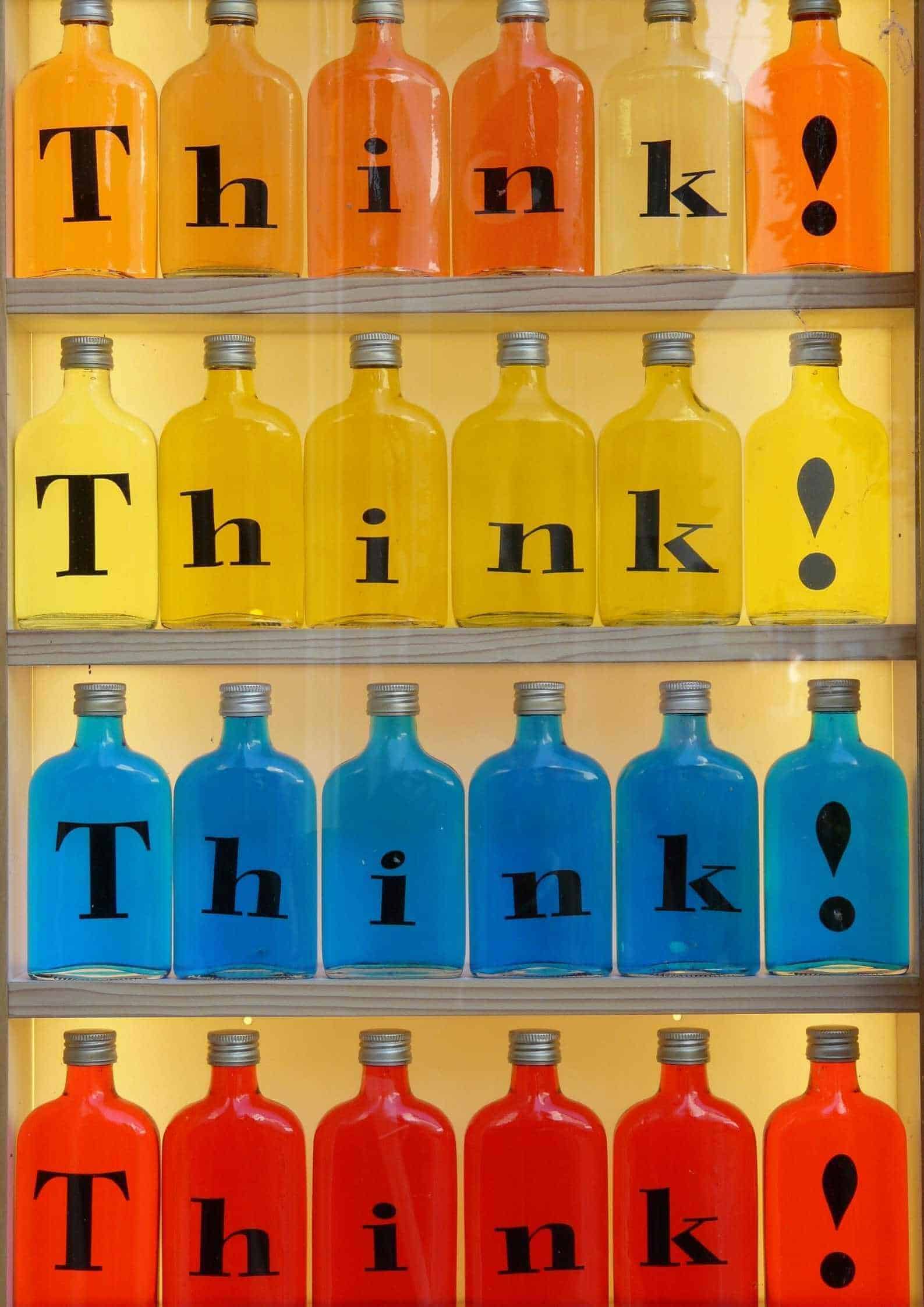Teaching Critical Thinking: K-12 Guide

As teachers, we bear the responsibility of teaching critical thinking. We must enable our students, to not only acquire knowledge but also analyse its validity. We set them up with the fundamental skills they need to succeed, and one vital skill is the ability to take what they’ve learned and actively use it to make sound decisions.
Teaching children how to think critically is easier said than done. Yet, as technology becomes more prevalent in our children’s lives, delivering this skill becomes increasingly important.
What is Critical Thinking?
Critical thinking is the process of actively comparing ideas, evaluating and analysing information, and drawing sound conclusions. It empowers students to express their thoughts, build on their beliefs, and ultimately live a more fulfilled personal and professional life.
The World Economic Forum highlights critical thinking as one of the top two skills employers seek in the fourth industrial revolution. In 2015, it ranked fourth, but today, it plays a key role in fostering the creativity that drives innovation.

Teaching Critical thinking – stage 1
Students begin kindergarten or foundation in Australia at a young age, and their minds are like sponges, ready to absorb every bit of information you give them. Critical thinking skills learned simply through games and activities at the age of five will set that student up for success decades later. Here are some activities you can try when teaching critical thinking skills:
Sorting games are an excellent way for children to learn logical reasoning. They will see how certain items are similar and different and be able to use reason to sort items based on colour, size, shape, and more.
Watch a movie or read a book and then ask open questions. What did they like or not like about the main character? What did they believe was the purpose of the story?

Teaching Critical thinking – stage 2
Like kindergarten, lower primary students learn the most about the foundations of what they will learn in later grades. They begin to solve problems through maths and learn about the world around them. Some activities to try with grades 1-3 include:
Teach students the difference between facts and opinions. Find articles in the newspaper, share them with the class, label each one as either fact or opinion, and have them provide their reasoning.
Have students write a few sentences or a paragraph about the important people in their life. Why is their mother, father, or guardian someone special to them? Who do they admire, and why?

Teaching Critical thinking – stage 3
Students in the upper years of primary school who have effectively gained critical thinking skills at a younger age are more likely to have strong friendships and be more social and self-aware.
According to the Australian Curriculum, “Responding to the challenges of the twenty-first century – with its complex environmental, social and economic pressures – requires young people to be creative, innovative, enterprising and adaptable, with the motivation, confidence and skills to use critical and creative thinking purposefully.”
If you’re teaching critical thinking to upper primary, it’s best to introduce more sophisticated learning techniques that allow students to think for themselves and be logical. Some examples include:
Allow for group projects where students are required to cooperate, think together, and work through their differences of opinion.
Brainstorming ideas for projects, science experiments, etc., allows students to let their creative juices flow.
Have students start a fictional business where they must plan a budget and inventory.

Teaching Critical thinking – stage 4
With mobile phones at their fingertips, teenagers have much more access to information and misinformation than before. High school students need to be able to separate reliable sources from unreliable ones to form opinions with the best possible information available to them.
If you’re teaching critical thinking to teenagers, it’s best to utilise visual tools to help students analyse and synthesise knowledge. Some examples include:
Technology has produced learners who learn best visually. Therefore tools like Venn diagrams can enable students to analyse and synthesise the data they find in their research of any given subject.
Allow students to rank their opinions about a topic you’re studying at the moment. Start by choosing a statement, i.e., ‘Abstract art is a load of rubbish.’ Then students grade their opinions visually by arranging themselves on a scale along the classroom wall from strongly agree to disagree. Then allow students to argue their viewpoints, and finish with students grading their opinions a second time along the wall.
Get students to research the problems and possible solutions of an Asian Megacity for homework or an initial lesson. In the following lesson, have groups of students compare what they found on a Jamboard so that they can analyse their findings collaboratively.

Teaching critical thinking is something we should all be doing
As students grow, critical thinking becomes essential for navigating careers that require creativity, adaptability, and problem-solving. By connecting subjects like literacy and maths to real-world applications, we prepare students to think beyond boundaries.
Encouraging students to try new things and break out of their comfort zones fosters critical thinking. For example, a student who excels in basketball might discover a love for biology or another subject they’ve never considered before.
Ready to take the next step? Explore our free graphic organiser, Exploring the Stars, to kickstart critical thinking in your classroom today.
